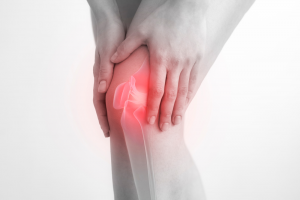
As the weather gets warmer, more and more people begin to exercise outdoors.
And running is a good choice.

Speaking of running, I believe many people have heard such saying: when running, the heel touches the ground, which is not good for the knee joint, and it also affects the running performance.
Does this point of view make sense? Does the rear heel touch the ground first or the forefoot touch the ground first? Do I have to warm up before running? Make it clear at one time today.
When running, which is it better, to land on the forefoot or on the heel?
Before answering this question, let us first understand a phenomenon:
Most of the world’s top long-distance runners do not use their heels to land, but in a regular marathon, many runners touch the ground with their heels.
Moreover, studies have shown that more than half of runners experience sports injuries to the calf, knee and ankle joints every year.
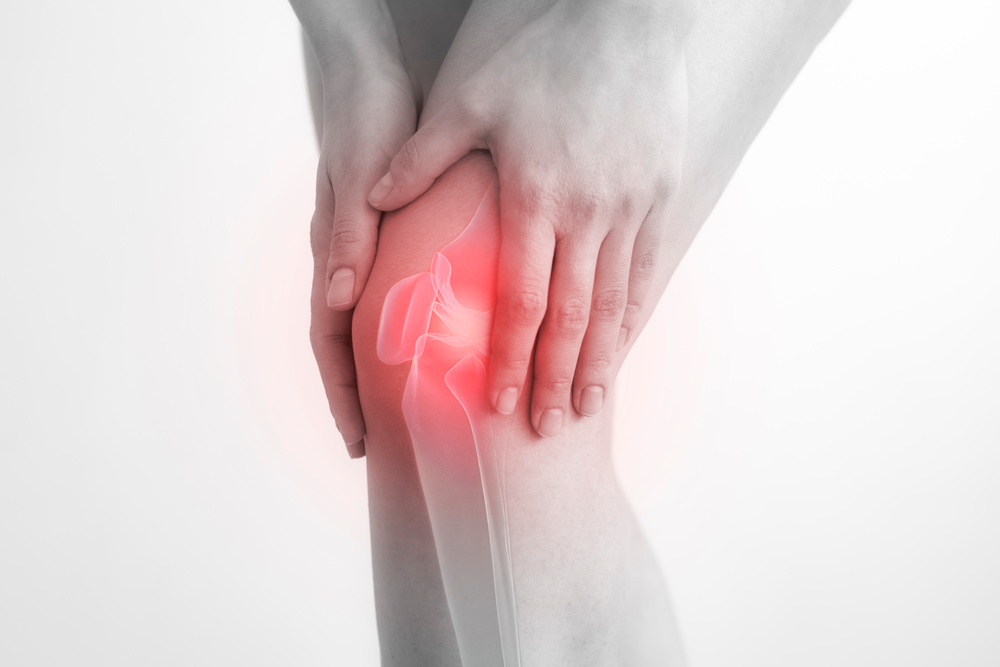
However, there is no authoritative research showing that landing on the forefoot is better than landing on the heel to avoid sports injuries.
However, friends who are accustomed to heel landing may reduce knee joint pain after changing to a non-heel landing method (forefoot or full foot landing).
Therefore, friends with knee pain problems can try to change their running habits.

And people who are used to landing on their heels and have no discomfort, is it necessary to adjust?
In actual research comparing these two running techniques, the forefoot landing is more efficient, but this running technique may increase the risk of ankle injuries.
Therefore, people who love running, don’t have to worry about which running posture to use, but should decide whether to adjust or not according to their own characteristics.
At the same time, I remind everyone that changing running habits must be done step by step, otherwise new problems of foot and ankle injuries may appear.
Is it necessary to warm up before running?
Many people think that you must fully warm up, stretch, jog, etc. before running.
But in fact, there is still a lot of controversy about whether to prevent sports injuries, such as warming up before running.

Studies have even shown that runners who have the habit of traction and warm-up will make related sports injuries more frequent.
Tips: Warm-up can be done, but it must be moderate. A large muscle fascia stretch before running is not good.
Need to choose a pair of “good” shoes?
Running shoes can affect the landing method of running. Different foot types and different arches also correspond to different types of running shoes.
Therefore, it is very necessary to choose a suitable pair of running shoes. So how to choose?
First of all, you must know if you have high arch feet or flat feet.
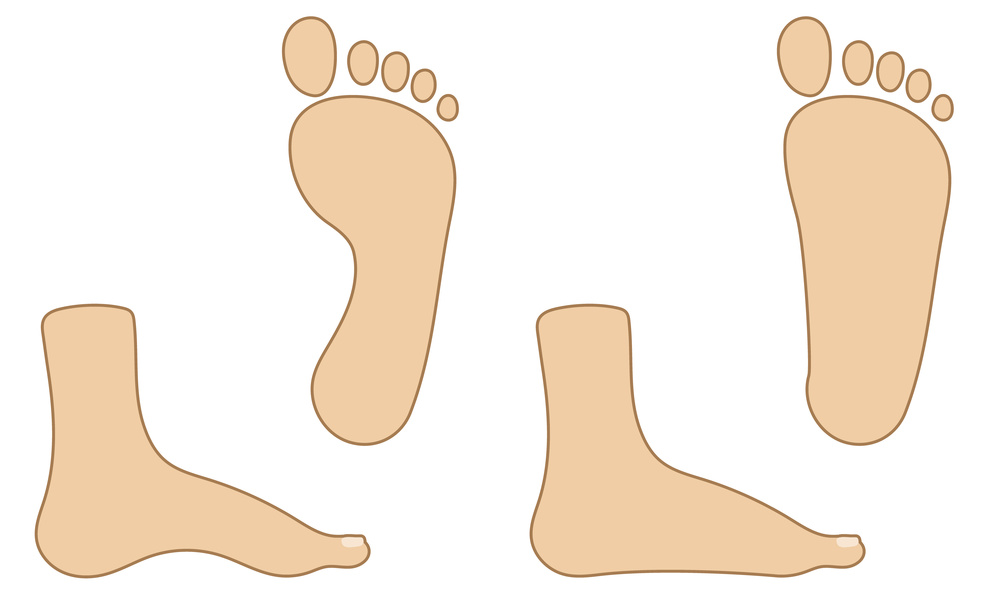
At present, some manufacturers can provide personalized plantar pressure test, and then recommend suitable running shoes or insoles. If you have the conditions, you can try.
In addition, you can choose running shoes that meet your own conditions based on your own situation (such as beginners or professional runners, within 10 kilometers, half-marathon, full-marathon, etc.) instead of just pursuing brand and price.
I want to remind everyone that no matter how expensive professional running shoes are, they need time for a certain degree of mutual running-in. You must not buy a pair of brand-new running shoes and go to the marathon the next day.
How to develop the correct running habit?
To develop good running habits, you need to pay attention to the following aspects:
1. Don’t increase the amount of exercise suddenly
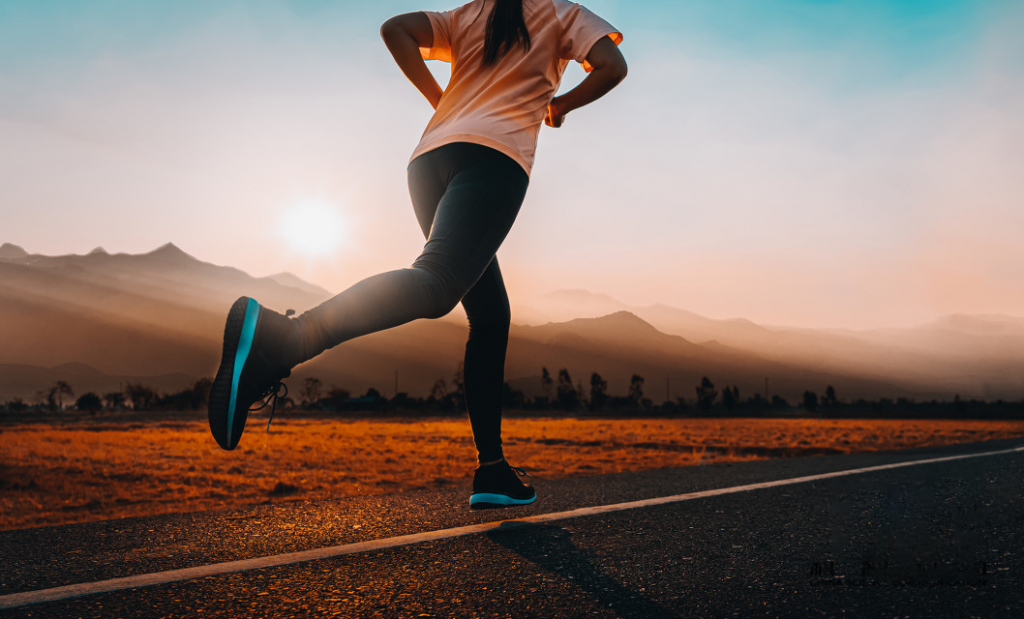
Some people will suddenly go for a run and increase the intensity after buying new sports equipment or having free time. In this case, it is easy to induce sports injuries.
2. Regular running
For example, you can run twice a week for more than 3 consecutive weeks, and the number of days between each run is relatively stable.
3. Choose the running technique that suits you
If you are ready to change new technologies, you must proceed step by step.
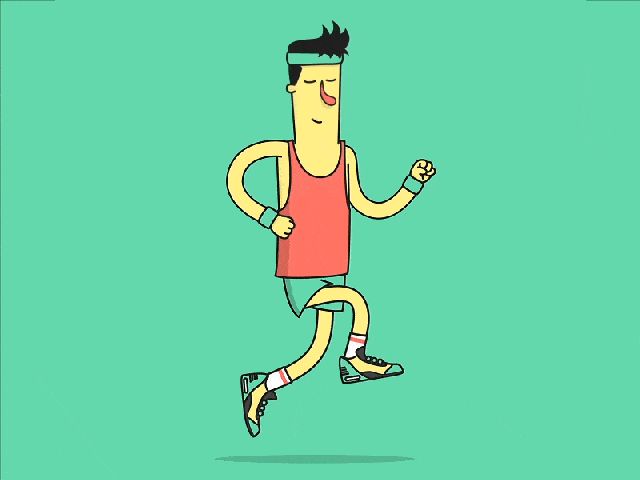
For beginners, the best way to improve running performance should be small strides, multiple strides, and strive for about 180 beats per minute to maintain a more ideal line of force and prevent sports injuries.
4. Warm up or stretch
Warming up before running and stretching after running can be reasonably arranged according to your own situation.
Comments